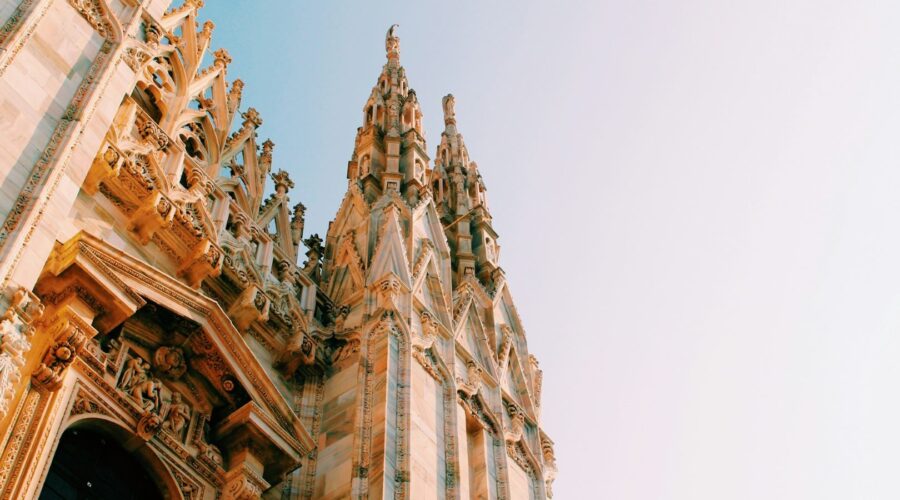Your cart is currently empty!
Unveiling the Holy Trinity Catholic Church: A Comprehensive Guide

Introduction
The Holy Trinity Catholic Church is a cornerstone of Christianity, holding profound significance in the beliefs and practices of the Catholic faith. This comprehensive guide delves into the multifaceted aspects of the Holy Trinity, exploring its historical origins, theological foundations, and liturgical significance. We will illuminate the intricate nature of this central doctrine and its impact on the life of the Catholic Church.
Origins and Theological Foundation
Biblical Roots
The concept of the Trinity is rooted in the Hebrew Scriptures and is further developed in the New Testament. Passages such as Genesis 1:26 and Isaiah 48:16 hint at the plurality within the Godhead. The New Testament, particularly the writings of the apostles, explicitly affirms the distinct persons of the Father, Son, and Holy Spirit.
Early Church Teachings
The early Church Fathers played a crucial role in articulating and refining the doctrine of the Trinity. Theologians like Irenaeus and Tertullian emphasized the unity and distinction within the Godhead, using terms such as “substance” and “persons” to describe these aspects.
Council of Nicaea
In 325 AD, the Council of Nicaea convened to address the Arian heresy, which denied the divinity of Christ. The council affirmed the Nicene Creed, which declared that the Son is “God from God, Light from Light, true God from true God.”
The Three Persons of the Trinity
God the Father
The Father is the first person of the Trinity and the source of all creation. He is characterized as eternal, omnipotent, and all-knowing. The Catholic Church teaches that the Father sent his Son, Jesus Christ, into the world to save humanity from sin.
Jesus Christ the Son
Jesus Christ is the second person of the Trinity and the incarnation of God. The Church believes that he is fully divine and fully human, born of the Virgin Mary and living a sinless life. His death on the cross and subsequent resurrection are seen as the ultimate act of redemption for humanity’s sins.
The Holy Spirit
The Holy Spirit is the third person of the Trinity and proceeds from both the Father and the Son. The Spirit is described as the breath of God, the comforter, and the guide who empowers the faithful and sanctifies the Church.
Liturgical Significance
Trinity Sunday
Trinity Sunday, celebrated annually on the first Sunday after Pentecost, is dedicated to the commemoration of the Holy Trinity. The liturgy includes readings that emphasize the distinct persons and unity of the Godhead, and hymns that praise the Father, Son, and Holy Spirit.
Sacraments
The sacraments of the Catholic Church are all performed in the name of the Trinity. The sign of the cross, made in the name of the Father, Son, and Holy Spirit, is a common element in Catholic worship and prayer.
Prayer
The Trinity is addressed in many Catholic prayers, including the Our Father, Glory Be, and Hail Mary. These prayers acknowledge the unique roles and relationship of the Father, Son, and Holy Spirit.
Devotional Practices
The Rosary
The Rosary is a popular devotion that involves meditating on the mysteries of the life of Jesus Christ. Each mystery begins with the sign of the cross and is followed by an invocation of the Holy Trinity.
The Chaplet of Divine Mercy
The Chaplet of Divine Mercy is a devotion practiced especially on Divine Mercy Sunday. It involves reciting the Divine Mercy prayer and invoking the Trinity.
Conclusion
The Holy Trinity Catholic Church is founded upon the belief in the unity and distinction of the Father, Son, and Holy Spirit. This core doctrine has shaped the Church’s theology, liturgy, and devotional practices. Through the sacraments, prayers, and devotions, Catholics express their faith in the Triune God and experience the grace and blessings that flow from this divine mystery.